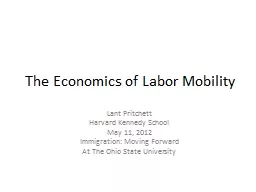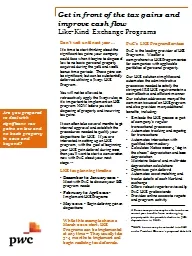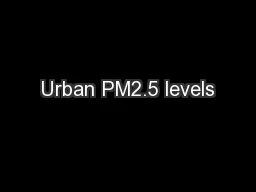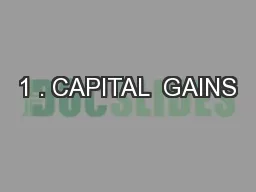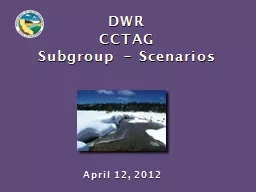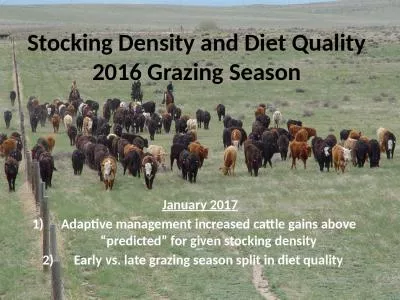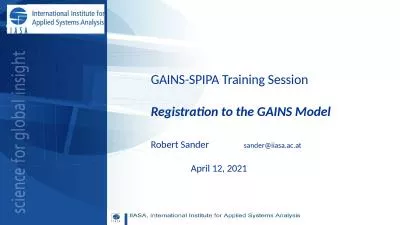PPT-New GAINS scenarios and
Author : elyana | Published Date : 2024-01-13
analysis in support of the GPG questions Zbigniew Klimont Gregor Kiesewetter Chris Heyes Peter Rafaj Lena Höglund Isaksson Laura Warnecke Wolfgang Schöpp
Presentation Embed Code
Download Presentation
Download Presentation The PPT/PDF document "New GAINS scenarios and" is the property of its rightful owner. Permission is granted to download and print the materials on this website for personal, non-commercial use only, and to display it on your personal computer provided you do not modify the materials and that you retain all copyright notices contained in the materials. By downloading content from our website, you accept the terms of this agreement.
New GAINS scenarios and: Transcript
Download Rules Of Document
"New GAINS scenarios and"The content belongs to its owner. You may download and print it for personal use, without modification, and keep all copyright notices. By downloading, you agree to these terms.
Related Documents

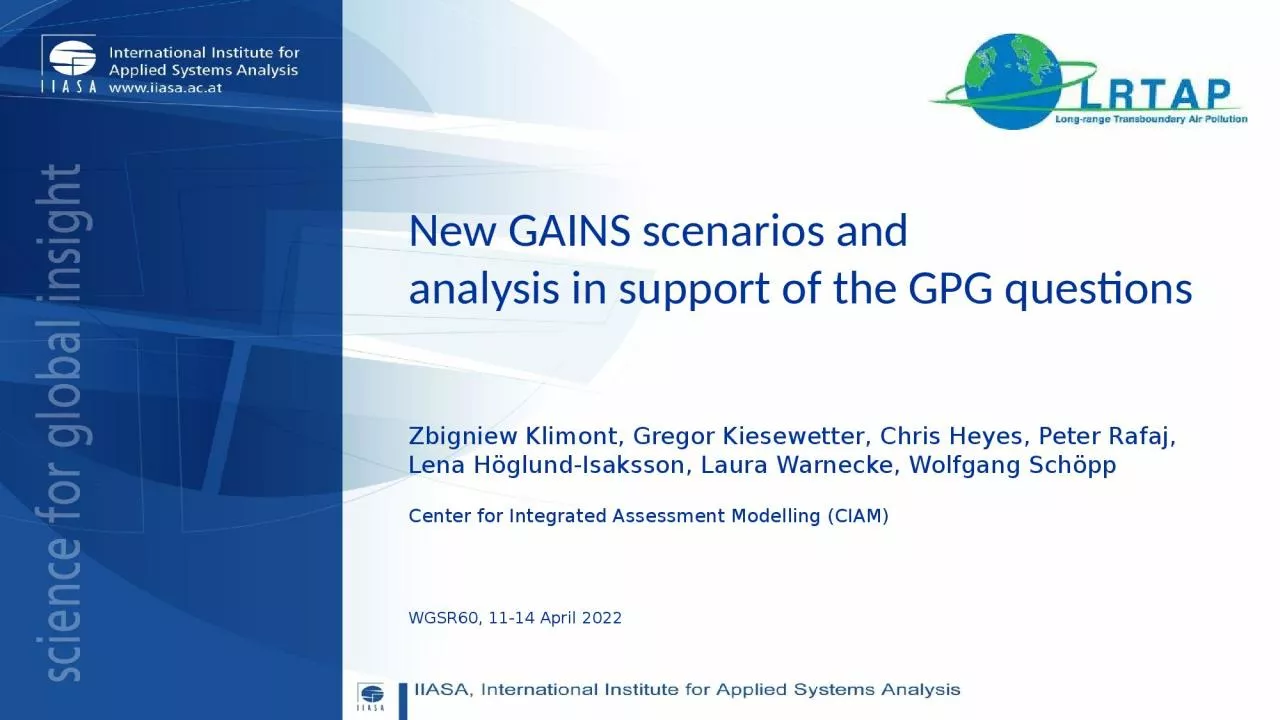

![Capital Gains [Article 13] and some related issues](https://thumbs.docslides.com/282727/capital-gains-article-13-and-some-related-issues.jpg)
